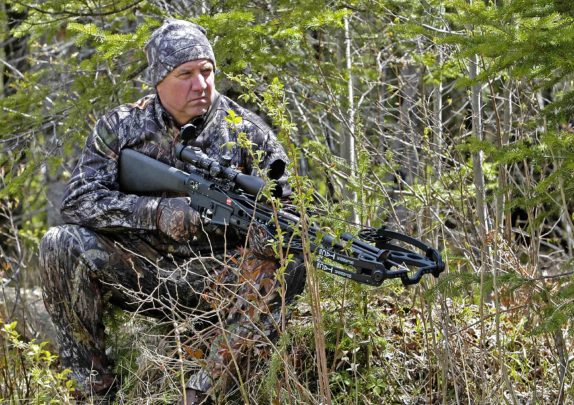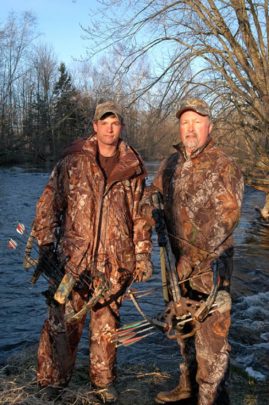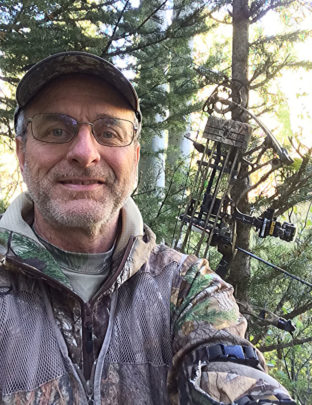Archery seasons are closed for another year, and so maybe it’s time to wonder about a persistent challenge facing our sport: Why do so many bowhunters drop out by age 50?
One of the most frustrating challenges to hunting itself is that participation levels peak by about age 45 these days, and then drop steadily starting at age 50. And many of these former hunters can’t be enticed to return. By the time they’re 50, their ranks are about 65 percent of what they were at 40, and by age 60 their numbers are about half of what they were at 50.

People in their 50s and 60s have more time, expertise and expendable income than other groups of potential bowhunters. Yet many of them quit bowhunting after age 50 and don’t return.
Wisconsin’s license-sale data show this phenomenon in nearly every category, whether it’s gun-hunting, bowhunting, turkey hunting or small-game hunting. However, it’s most subtle among small-game hunters and most dramatic for bowhunters. Among bowhunters, their ranks at age 50 were barely 50 percent what they were at 40, and at age 60 their numbers are only 40 percent what they were at age 50.
Such trends aren’t unique to Wisconsin. That cycle shows up no matter when or where you look. Research in Minnesota in 1994 showed almost identical trends. Researcers assume the data will change in the years ahead as more states than ever have opened archery season to crossbows, but it’s still too soon to know if they’ll reverse the trends entirely.
Historically, license sales typically are strong for age groups 15 and 16, but then tail off for a few years as teenagers find new interests, including each other, and go off to colleges and technical schools. Then by age 25, once they’re working and have their own money, they return to hunting and their numbers keep rising until their late 30s.

Crossbows are helping to keep older bowhunters in the woods.
By the time bowhunters are 40, their numbers started dropping, historically. By the time they’re 45, their numbers are at about the same level as 16-year-olds. The teenagers come back, but 45-year-olds haven’t joined them, historically. The slide continues, and by the time bowhunters reach age 60, their numbers are at or lower than those of 12-year-olds, even though most 12-year-old kids depend on someone else to take them bowhunting. Most 60-year-olds remain independent, yet they’re still basically disappearing from the ranks.
What makes those trends especially troublesome, not to mention ironic, is that demographic studies suggest people in their 50s and 60s have more time, expertise and expendable income than other groups of potential bowhunters. Therefore, logic says they should be easier to entice back into bowhunting, yet it’s not happening. They’re pursuing other interests, even though research shows they’ve usually had satisfying bowhunting experiences.
Tim Lawhern, formerly Wisconsin’s director of hunter education, said many former bowhunters can’t explain why they give it up. They simply quit making time for bowhunting.
“It might just be as simple as the old adage, ‘By age 30 you’re a workaholic, by age 40 you’re burned out, and by age 50 you’re worn out,” Lawhern said. “Plus, their priorities change. Many of these people are becoming grandparents, family events take priority, and the grandchildren are still too young to take hunting.”

The author, now 60, continues to bowhunt each year for elk and deer.
Lawhern also said it’s tough to get inactive hunters motivated in a society where “driving an automobile” is a popular answer for people asked to name their favorite recreation. “We’re out of shape,” Lawhern said. “And when research tells us the amount of time the typical American spends outside their home is only 16 percent, you realize few people have time to hunt. Plus, it’s increasingly difficult to find the time and place to practice.”
Given such constraints, maybe it’s easier to understand why so many states now allow most archers of any age to use a crossbow during the archery season.
“It’s possible to buy a crossbow in the morning and be proficient by the afternoon,” Lawhern said.

 By
By 



